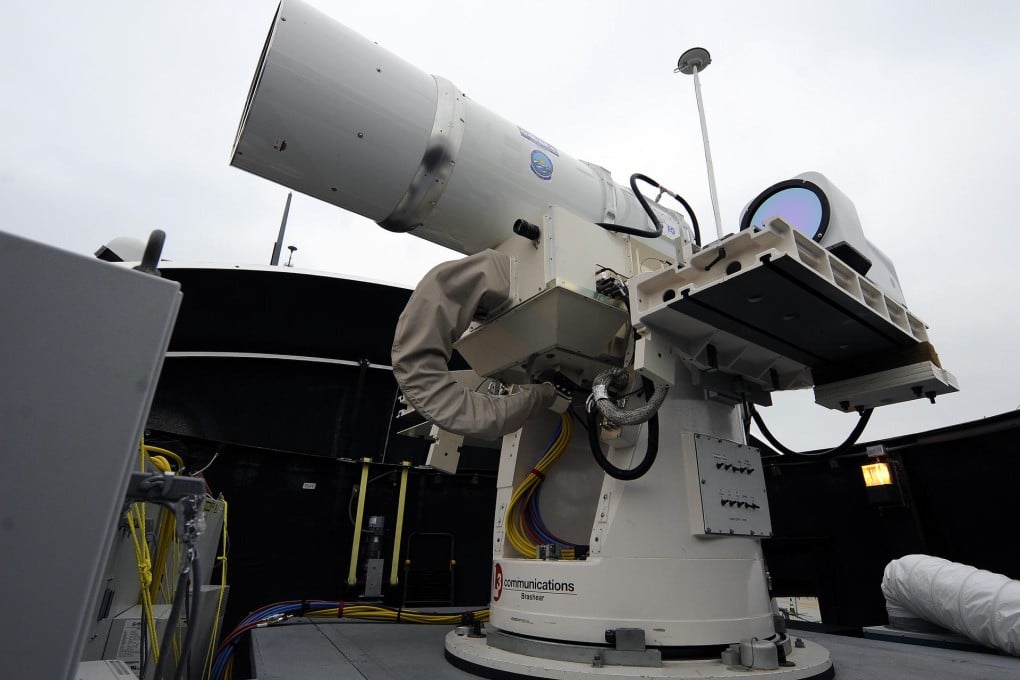US lasers? PLA preparing to raise its deflector shields
Chinese scientists say they have developed protective coatings that would render weapons like the US' ship-mounted laser useless in battle

Laser weapons like those developed by the United States pose little threat to the PLA - smog or no smog - because mainland researchers have pioneered coatings that can deflect beams and render them harmless, mainland scientists say.
PLA Navy Rear Admiral Zhang Zhaozhong drew widespread ridicule last month when the National Defence University researcher suggested that China's thick smog provided the country's best defence against military lasers, like the gun the US Navy plans to deploy aboard a vessel in the Middle East this summer.
But scientists said such weapons represent a small advantage - even on clear, cloudless days - as coatings have been developed to turn away lasers or even reflect them back to their source.
The government has sponsored numerous research projects over the past two decades to develop such coatings, some of which may have already been applied in the field, according to public documents.
Thus, Chinese military researchers tend to regard the "game-changing" laser that the Pentagon plans to deploy on the USS Ponce as a paper tiger - more of a vanity project than a real concern.
Professor Huang Chenguang, a specialist in high-energy laser beams at the Chinese Academy of Sciences who is involved in military research, said any laser, no matter how powerful or destructive, was still composed of light that could be deflected by various materials.